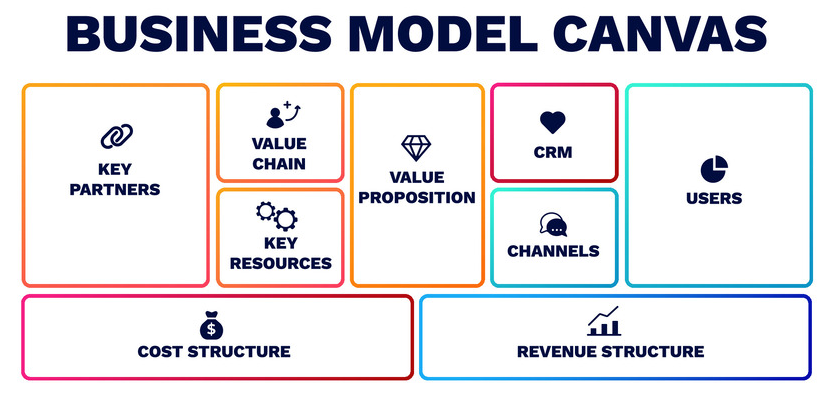
Create a Business!
Welcome to edMe’s competition with cash prizes!
We look around and think, “it would be better if a business would do THIS.” edMe is giving you the opportunity (and tools) to describe that business. If you submit a draft on or before April 4, we will give you feedback. All entries are due April 18 (this was updated to line up with our partners’ Spring Break schedule), and we will mail prize money to the address provided by your parent in the sign-up form.
To get started, we have a reading for grades K-6 and a series of readings for grades 7-12 about the planning document called a business canvas. These readings and the answer keys are in the lesson plans below.
Grades K-6 Prompt & Rubric download
Lesson Plan for K-6 Educators
Grades 7-12 Prompt & Rubric download
Lesson Plan for 7-12 Educators
Looking for more STEM literacy resources? See the edMe Science Amazon homepage.
Time Remaining:

Writing Support
01
Grammar
Write without errors
Be sure spelling, punctuation, capitalization, and words are used well. Use this PDF or click here to answer grammatical questions online.
02
Paragraphs
Organize your ideas
Paragraphs have a main idea and then support those ideas. Use this PDF to learn about paragraph structure and practice writing your own.
03
Author’s Voice
Share your view point
We value your voice. It’s important that you share your views. We want to hear you! This PDF helps you find your voice.
04
Revising Work
Making grammatical fixes
You can submit a draft! This PDF will help you understand common issues and interpret our feedback.
Writing Feedback Symbols
Rules
1
What do I turn in?
There is a sign-up form and you upload your writing and drawings in one PDF.
2
Do I have to upload a draft?
No. In most jobs, you talk with the people you write and design for. In this competition, you can submit a draft by the 20th and receive feedback on your progress so you can provide the best possible draft by the deadline.
3
What is the prize?
edMe Learning will mail a check to the address of the person finishing in first place. In addition, edMe Learning will email certificates to students that provide high-level work.
4
Can my paper go over the limit?
Absolutely not. The paper, including the title, need to fit within the described limit. Any cited resources will not be counted against the word count.
5
Can I get help?
You need to write the paper, but there are lots of ways to get help. You can research the topic and cite your resources. You can have someone read a draft and give you feedback and help with grammar. You cannot have AI write this for you. We want to hear your voice–the way you tell stories is important!
Need further assistance?
Need help finding the answers you need? Let’s have a conversation.
6
Chat with us
You can email with us at edme@myedme.com.



























































